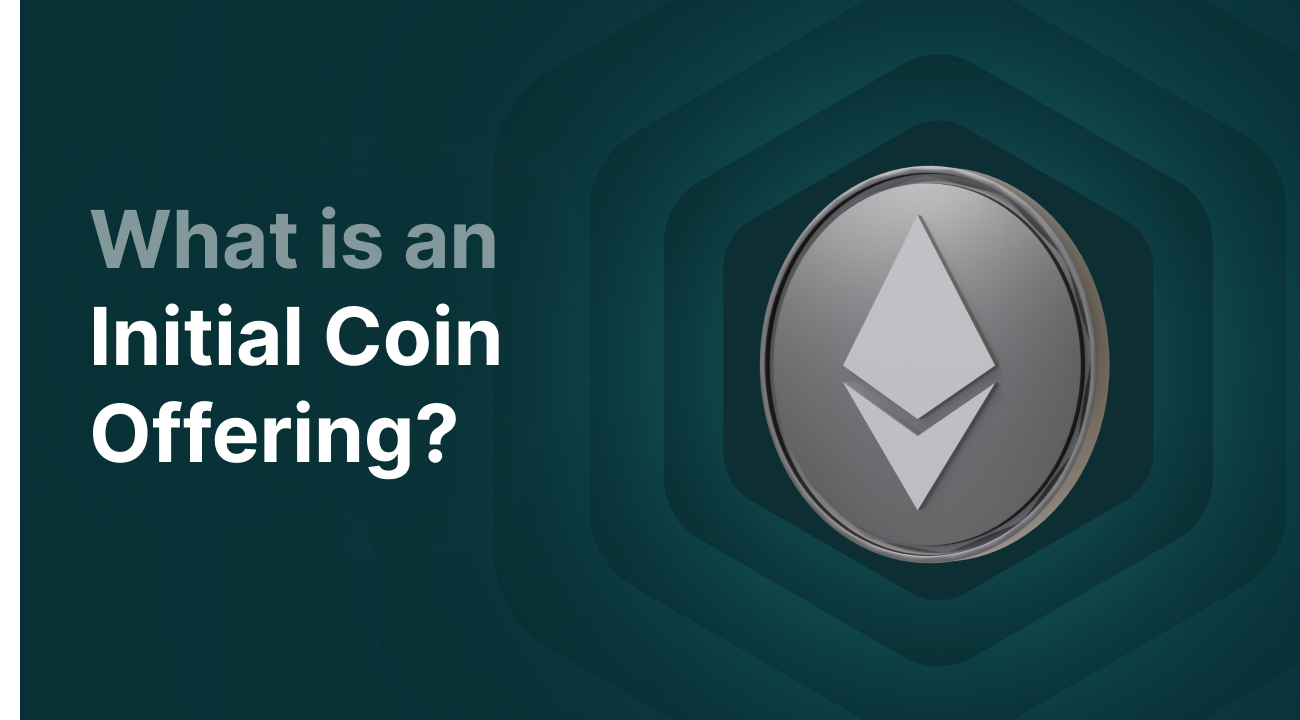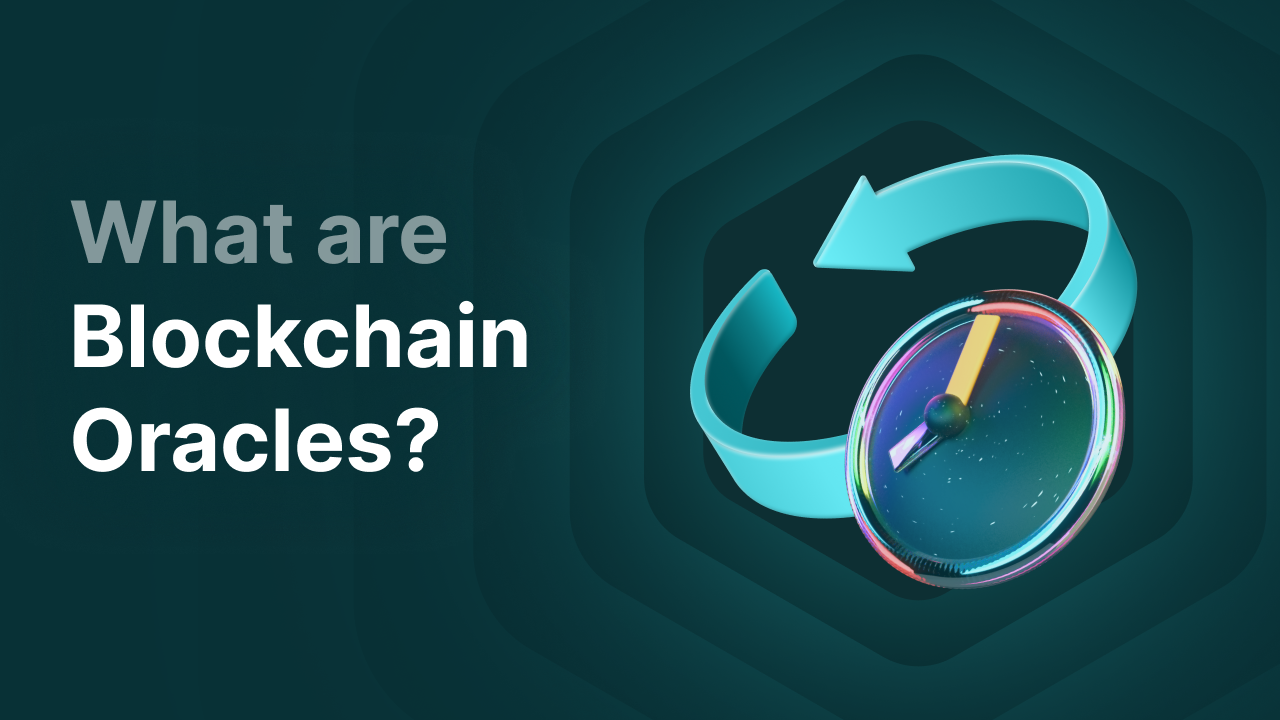What is an Initial Coin Offering (ICO)?

What is an ICO?
ICO stands for Initial Coin Offering. This means that a (crypto)project provides investors with tokens in exchange for, for example, Bitcoin or Ethereum. It is a way for new projects to raise capital. In return, you as an investor get the opportunity to buy the new coins or tokens at a low price (and often before anyone else). If these coins then increase significantly in value, investors stand a chance to make massive profits.
ICOs have been held since the early days of cryptocurrency. It is sometimes even done while the project is still in development or before the coin is tradable on various exchanges. Often, the purchase prices during an ICO are much lower than the price at which the coin starts trading. So in some cases, you might already have a profit before the coin is even released. This is one of the reasons why it became so popular.
A well-known example of an initial coin offering is Ethereum. Back then, you could buy a full Ethereum for $0.311. Yes, you read that right, for less than 50 cents! Do keep in mind that investors at the time had no way of knowing that Ethereum would reach such high prices in the future.
Key Takeaways
- ICO stands for Initial Coin Offering and is a way for crypto projects to raise capital.
- Investors get early access to tokens, often at a lower price, with the hope of large profits.
- It's essential for investors to thoroughly research ICOs to avoid losses or scams.
- There are various types of ICOs, such as IDO, IEO, or airdrops.
How Does an ICO Work?
Most ICOs start with an idea and a self-created coin. The idea (usually for a new blockchain project) is explained in a so-called white paper. The token can be created fairly easily via, for example, the Ethereum Network.
Investors who have faith in your plan or whitepaper can then invest in your coin or token. In exchange for your coin, they may give you Ethereum, for example. You can then use this Ethereum as a project to fund future developments. Think of it as a funding round.
Before the mainnet is launched (the official version of the blockchain), a testnet is usually created first. This allows people to test the network and find potential bugs. Once the testnet is safe and functioning well, a mainnet is launched. This becomes the final network where everyone will conduct transactions.
How to Participate in an ICO?
Participating in an initial coin offering almost always starts with doing your own research. You've probably come across a new and interesting project and are ready to invest. But is this really a good idea? We always recommend having a solid foundational knowledge of blockchain and cryptocurrencies. The chance of making an expensive mistake is simply present.
Almost all projects will have an X (formerly Twitter) account, a Discord server with information, or may be listed on a website that tracks upcoming ICOs.
If you want to buy the tokens, you’ll need your own wallet (depending on the network). If the ICO is happening on the Ethereum network, then you’ll need an Ethereum wallet.
Variants of the ICO
There are different types of ICOs, depending on the structure and goal of the project. Here are some of the most common types in the crypto market.
What is an Initial DEX Offering (IDO)?
An IDO is a first offering of a coin on a decentralized exchange platform (DEX). Well-known DEXs include PancakeSwap and Uniswap. A company also wants to raise money for its project, but does so in a different way. Again, you need to do your research.
One of the nice things about an IDO is that you can immediately sell the coins again, while with an ICO you often have to wait until the coin can be sold somewhere, such as on an exchange.
For the company, this method has the advantage of not having to pay large sums of money to centralized exchanges or meet many conditions to get listed.
However, it is less likely that you will make huge profits right away because the price is already set and only fluctuates with supply and demand.
What is an Initial Exchange Offering (IEO)?
An Initial Exchange Offering (IEO) is a way for a crypto project to raise funds through a crypto exchange. It is similar to an ICO (Initial Coin Offering), but instead of the project organizing the sale itself, the exchange where the IEO takes place handles it. Often, these coins are sold at a fixed price and are worth more immediately after the launch. Many investors choose to sell (dump) the coins immediately. Many investors also wait to buy these coins until after they have stabilized. Wait until the price stabilizes and then consider which direction the coin might go.
Private Placement
In a private placement, the coins are not offered publicly, but only sold to a specific group of investors. These are usually large investors or institutional parties. The team behind the coin selects these investors themselves. These might be investors who have made a significant contribution to the project.
Because it is not a public sale, different rules often apply. However, in many countries like the U.S., you still have to comply with certain financial laws and regulations, such as those set by the SEC (Securities and Exchange Commission). These rules mainly exist to protect investors from deception or fraud.
Public Offering
A public offering is the opposite of a private placement. Here, the coins are offered to the general public, so anyone who wants to participate can join, not just a selected group of investors.
Airdrop
In an airdrop, coins are given away. This is called an airdrop. Usually, you have to complete certain tasks, but it is a legitimate and often easy way to obtain free cryptocurrencies. Want to know more? Read our article about Airdrops.
Benefits of ICOs (for Projects)
-
Access to Capital
Projects can quickly raise large amounts of money without involving banks or VCs. -
No Equity Dilution
Investors buy tokens, not shares. This allows the team to retain full control of the company. -
Global Audience
Anyone with crypto and internet access can participate, so there are no geographic boundaries. -
Marketing Boost
An ICO often attracts media attention, which benefits the organization.
Benefits of ICOs (for Investors)
-
Early Access
You can be among the first to buy tokens, usually at a lower price than post-launch. -
High Potential Returns
If the project succeeds, you could realize significant profits.
Drawbacks of ICOs (for Projects)
-
Regulation
Governments may intervene if the token is considered a security (just look at how the SEC in the U.S. constantly gets involved in cryptocurrencies). -
Pump & Dump Risk
After the ICO, investors may sell quickly, which can cause the price to crash.
Drawbacks of ICOs (for Investors)
-
High Risks
Many ICO projects fail and there are many scams. There's always a higher risk that your investment may lose value. -
No Protection
There are no guarantees, oversight, or ways to get your money back. -
Trust in the Whitepaper
You have to trust the whitepaper and promises, while often there's not even a working product yet.
Final thoughts
The term ICO stands for Initial Coin Offering, through which crypto projects can attract capital by allowing investors to get in early. Investors can use ICOs to invest in cryptocurrencies before others, potentially realizing high profits. However, they also come with risks, such as lack of regulation or scams. If you want to invest in ICOs, thorough research is essential. There are various types of ICOs, and together they form an important part of the crypto world.




